Years ago an ad appeared in a newspaper in
Nebraska offering “rare golden Dalmatians” for sale. We chuckled over that one and wondered if the
litter owner didn’t realize he had lemon-spotted pups, or if he was just using
it as a marketing tactic.
Lemon-spotted Dals
were never very common until a lemon-producing English import Dal was used
quite a lot, and suddenly lemon pups were showing up in well-bred litters. The puppy on the right goes back to that dog, and is linebred on him. There were always a few kennels in other
parts of the country that got lemons too, but in the 1980s, during the
Dalmatian popularity boom, suddenly there were LOTS of pet-bred lemon Dals
showing up. Some of the bloodlines
commonly seen in puppy mills carried the recessive gene for lemon, and puppy mills
often breed together closely related dogs.
Doubling up on a less common recessive gene makes it a lot more common. If a dog inherits one copy of the recessive
gene, he “carries” the recessive trait and can pass it on. If he inherits two copies of the gene (one
from each parent) he displays the recessive trait.
There are several gene loci that affect the color of the
Dalmatian markings. To make it as simple
as possible, the ones we are concerned about here are B/b (considering B is black
and b is brown or liver, with bb liver being recessive) and E/e called
extention. EE or Ee means the dark pigment (black or brown) will be present,
while ee means the dog will have no dark pigment and will instead be yellow or
orange which is the recessive color. The
E/e gene does not affect the nose and rim pigment, so the lemon or orange dogs
who inherited the ee combination will still have either black or brown noses
and eye rims. So a dog who is BBee will
be a black-nosed lemon, while a bbee will be a liver-nosed lemon. A dog that is BbEe will appear to be a normal
black spotted Dalmatian, but will be able to produce both livers and lemons,
depending on how it is bred – remember the dogs need two "b"s to be liver and two
"e"s to be lemon. In some breeds such as
Pointers where this color is accepted in the breed standard, the dogs are divided into lemons and oranges, depending on the color of their rims and noses.
In Dals we generally refer to all ee dogs as lemon.
We’ve never had a lemon puppy born here, and have only
occasionally used lines that are known to produce lemons. Because lemons are not common in the lines we
are involved with, we don’t even think about when planning a breeding. However, when a litter brother to Fern’s sire
produced lemon pups we knew where in his pedigree it would have come from. Because Fern’s sire could also have inherited
that e gene, it could have been passed on to her as well. There is a simple DNA color test available
for Dals that will show whether the dog carries lemon or liver, although in
Fern’s case we know she carried liver because her dam IS liver. We can also test Dals for brindle, tri-color
and for long coats if we are concerned. I decided to do the lemon test on Fern and she came
back EE – she does not carry the e that can produce lemon.
.jpg)
Although I choose not to breed lemons, tri-colors and long coated Dals, I've seen some lovely dogs that inherited those traits. No, I don't think we should change the standard to make them acceptable for showing, but I do think it's fine that they occur in the breed, and I've seen some lovely ones. I'm also glad that we have DNA tests available that allow us to check out our own dogs before we breed them and not be surprised when they show up!









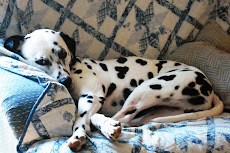





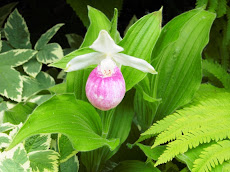

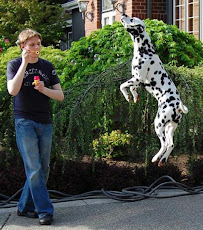



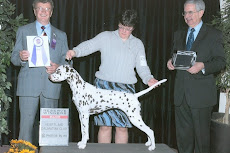
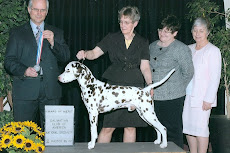


























No comments:
Post a Comment